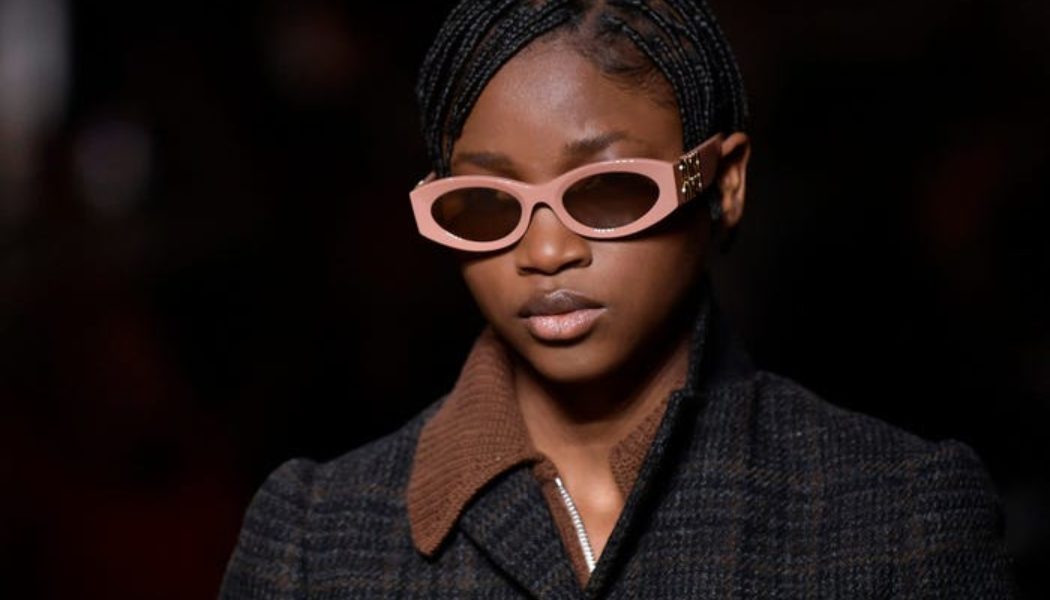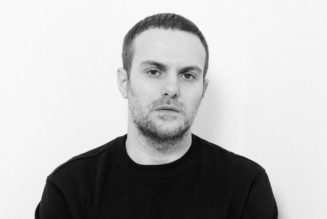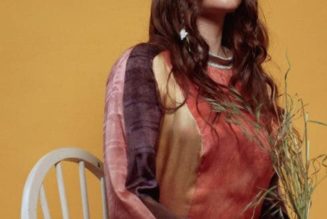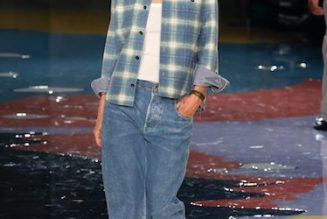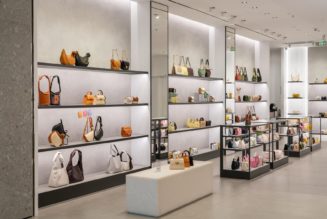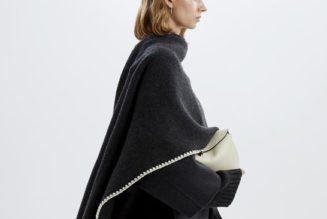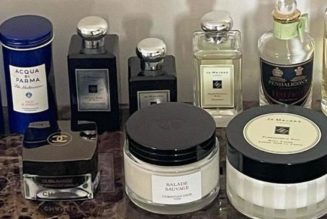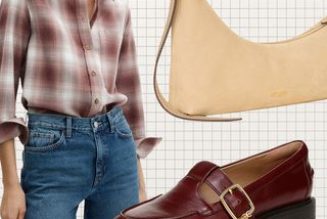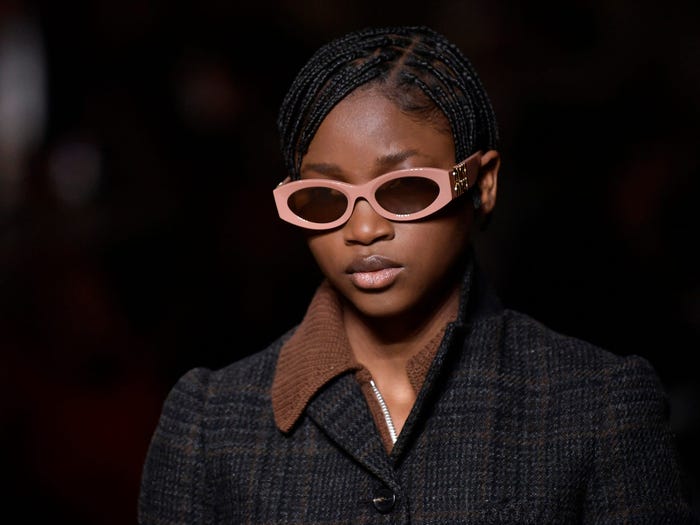
- The quiet luxury trend is dominating 2023 after years of trends like “dopamine dressing.”
- It’s partly because the economy remains precarious and people don’t want to flaunt their wealth.
- High-end brands like Loro Piana are set to benefit, as are mass-market retailers like Everlane.
Quiet luxury is one of 2023’s biggest trends, and also one of the hardest to describe.
It’s one of those “you’ll know it when you see it” trends. Quiet luxury is soft and tactile, it’s beige and gray, and as Vogue put it, “it’s less austere than minimalism but more polished than ‘normcore.'”
Oh, and quiet luxury is absolutely, definitely, 100% logo-less.
Now, as the trend continues to take off for spring, due in part to the popularity of shows that feature the wealthy elite, like “Succession,” it calls back to another economically precarious time in 2008 — and it’s poised to benefit brands ranging from Everlane to Armani that have been peddling quiet luxury for years.
What exactly is ‘quiet luxury’?
Quiet luxury is defined as “clothing of the highest quality, but also clothing that has timelessness, is sophisticated and understated,” Thomaï Serdari, director of the fashion and luxury MBA program at NYU’s Stern School of Business, told Insider.
That means no big, gold Gucci belt buckles or Louis Vuitton logo handbags — items that scream “I paid a lot of money for this.” Instead, think of clothes that whisper: cashmere sweaters, silk button-downs, or wool overcoats rendered in neutral tones and expensive materials.
And, of course, everything is expertly fitted, “because someone has taken the time to design the structure of the garment, as opposed to something that is disposable and is made to sell only as a two-dimensional product,” like fast-fashion, Serdari said.
Why is ‘quiet luxury’ so popular now?
Like most other fashion trends, the move toward quiet luxury, or “stealth wealth,” is part of a cycle.
When pandemic-era restrictions began to ease in 2021, fashion trends swung toward “peacocking” and “dopamine dressing”: bright colors, loud prints, and flesh-baring styles. So it only makes sense that after the thrill of emerging from lockdowns flush with cash wore off and the economy swung in the other direction, fashion trends would shift as well, Lorna Hall, director of fashion intelligence at trend-forecasting firm WGSN, told Insider in an email.
Then, of course, there’s the hit HBO series “Succession,” where characters regularly wear $600 cashmere baseball caps in neutral colors and sans logos and subtle but expensive Tom Ford sunglasses. Their stealth-wealth style is intended to convey “expensive and tasteful,” though of course, the characters don’t quite behave that way.
But there’s more going on here than just typical trend cycles or a popular TV show. Hall said that the state of the world is heavily influencing how people are dressing.
“Right now, we are living through times that call for that more paired back approach,” she said, pointing to shrinking disposable income and a potential recession headed our way; an increased focus on sustainability and conscious consumerism; and fears over job security.
In fact, this isn’t the first time quiet luxury has dominated fashion — it became a major trend in 2008, amid the Great Recession, Hall added.
“As insensitive as fashion can be sometimes be, it is still acutely attuned to social dynamics,” she said. “When huge bits of the population are struggling to hang onto or heat their homes, flaunting extreme expressions of wealth looks tone-deaf.”
Which brands are positioned to benefit from this trend?
At this point, quiet luxury has become so popular that even luxury brands themselves are being asked about it. During luxury giant LVMH’s first-quarter earnings call on Wednesday, analysts asked CFO Jean-Jacques Guiony how the trend could impact the company’s stable of luxury houses, which includes Louis Vuitton, Dior, and Fendi, among others.
Guiony noted that the trend was also popular around 15 years ago, during the Great Recession, and said that while he believes the majority of consumers still want logoed products, LVMH offers plenty of “discreet” options for customers as well.
One LVMH brand, in particular, poised to benefit from the trend is Loro Piana, which is famous for its simple but luxe cashmere sweaters, NYU Stern’s Serdari said. She also highlighted Italian luxury house Brunello Cucinelli, French leather goods firm Hermès, and Armani, who has been doing quiet luxury for nearly two decades.
But a cashmere sweater from Loro Piana costs around $1,700, and even a secondhand Hermès bag starts at $5,000. If that’s a bit outside your budget, there are mass-market retailers partaking in what the quiet luxury trend is promoting: durable, sustainably made clothing in timeless fabrics and silhouettes. Serdari highlighted direct-to-consumer retailers Everlane and M.M. LaFleur as two brands offering quality at accessible prices.
“Not everybody can afford to be dressed in Loro Piana and Brunello Cucinelli,” she said. “It’s more about the aesthetic, but perhaps also thinking twice about whether you need a sweater that is going to fall apart in two washes or whether you want to wait and invest in something that you can wear for a few years.”
